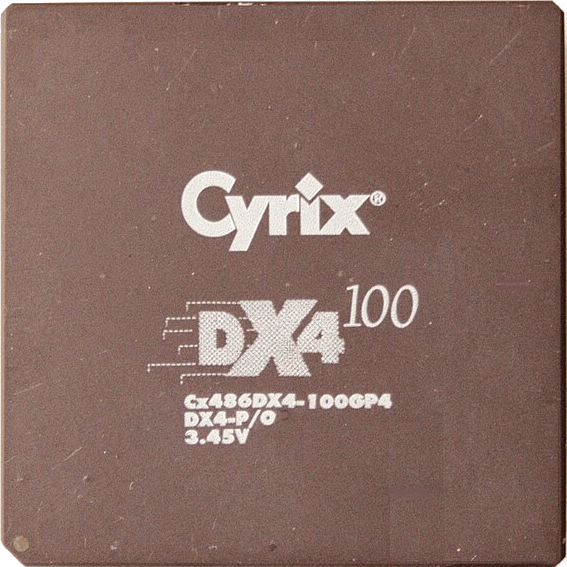I am worried that there is not really a benefit of doing that, just more noise and energy consumption.
I’m not sure that I understand the “more noise and energy consumption” part, since we’re still talking about the same router with the same connected devices.
But I do have multiple SSIDs on my router. One is explicitly for IoT devices, and they don’t have network access, so they are isolated from my computers, NAS, etc.
Are we talking main + guest network, or 2,4GHz + 5GHz, or something else?
Why would you want to do this, anyway? Or, as I as a developer regularly have to ask our sales people: what do you actually want to achieve that led you to this question?
Here’s my use-case, I’m pretty sure the first 2 are pretty common (common enough to be supported by most OEM firmware):
- main LAN
- guest LAN (isolated from “main” but can access internet)
- IoT LAN (isolated from internet, can be accessed from “main”; prevents devices from phoning home)
But you don’t need several LANs for this. This can easily done with proper routing. A can access internet and internal network addresses. B can only access internet, and C can only reach internal addresses.
I’m curious. How would you identify who’s guest and who’s not in this case?
With multiple networks it’s pretty easy as they are on a different network.
MAC whitelist.
That’s what MAC whitelists are for. Your DHCP server should be able to handle this.
Identify your friendly devices and give them one setting with everything (full subnet and correct default GW). Identfy your IoT devices, and give them another (full, or specially limited subnet mask, and fake default GW, maybe a different nameserver, too). Anything else is guest and gets a very limited subnet mask and a working default GW.
This is not the way to do it. The correct way would be multiple SSID’s with each tagged to their own VLAN.
Each VLAN has its own subnet. You can then use a zone based firewall, to allow the zones(subnets) to access each other.
You can also then apply QOS, to limit guest network speeds, prioritize LAN traffic etc.
And zone based firewalls are stateful, you can do rules such as LAN can reach IOT, but not the other way. Or IOT can only reach the IOT server, on specific ports.
I know that this would be the most secure way. But I seriously doubt that this level is necessary in a normal home network.
“Necessary” is a little ambiguous. You could argue that wifi is unnecessary for a normal home network.
My solution is the correct way and easier way. You don’t need MAC address white-list. You just have a guest SSID with DHCP on, they get the IP from the subnet in that zone. No crazy subnet hacks etc.
Can I join your guest network, sure. Let me just grab your mac address, login to the DHCP server, create a reservation with a limited subnet mask that can still see the default gateway.
Or can I connect to you guest network, sure here is the code or scan that QR code. That’s it, they’re in the guest VLAN and subnet, zoned off on the firewall and have QOS applied to not saturate the network.
I’m an idiot and I put emojis in my SSID and sometimes devices don’t like that but I don’t want to change everything. So there’s a guest network with no emojis
It’s more like: I know people do this, but I don’t, so I wanted to see what was the reasoning behind these things.
Then why don’t you ask the people who do this?
Emm… I did, it’s this post 😅
I’m pretty sure I don’t do this ;-) I know how routing works.
You know how routing works, but not wireless networks apparently.
Typically you have main and guest to isolate them You also have different networks for different bands because they use different radios (2.4GH and 5GH) with both having tradeoffs of range and speed. Some have triband as well so that you can isolate high performance devices because every device on a network increases latency slightly, and more so a radio only support one broadcast method at a time and will downgrade its self to the least common dominator for the devices connected to it.
You don’t need to have different SSIDs for 2.4 and 5 ghz. They can be the same and the device will handle the connections.
Oh what? Dope.
Yeah depending on your WI-FI device, it might even have tools to steer devices onto specific bands. But without that, the end user devices do a semi decent job. It’s basically so that if you’re connected to 5ghz with good signal, and walk to a different part of your house it can just switch over to 2.4ghz.
The big key is your hardware needs to support it. Back when “unified SSIDs” became a thing, some older 802.11n (WiFi 4) and ac (WiFi 5) devices could do it, but it was…. Weird.
If you have a newer router, especially WiFi 6 or 802.11ax it should be be to do the unified SSID.
Separate subsets, segregated traffic. Easy to avoid crosstalk by setting channels further apart or using 2.4ghz and 5ghz
At home I have one SSID as a main wifi, and the other is guest wifi and IoT or other random devices.
Main downside is getting it setup and maintenance.
I remember reading a few self hosters describing having a separate WiFi for IoT devices, on a dedicated router (opensense) so they can prevent these devices “calling home”. They are maybe other advantages like having different WiFi channels for these things
- They can’t potentially send my “real” WiFi credentials to someone who might exploit them.
- They can’t collect data on what is on my network or what I’m doing
- If one somehow has malware, they can’t harm most of my network or devices (there are well known exploits for cameras, for example)
- I can more easily limit the amount of bandwidth a poorly behaved device can use
What benefit are you looking for? It shouldn’t affect speed unless you are really hammering it. I’m assuming your talking about two networks on the same frequency (either 2.5Ghz or 5Ghz)
Lots of answers about use-cases of additional wifi networks, so I won’t go into that. I haven’t seen the downsides mentioned here, though. While technically you can run lots of wifi networks of off the same wifi router/ap, each SSID takes a bit of air time to broadcast. While this might sound rather insignificant since this is only a rather tiny bit of information transmitted, it is actually more significant than one might expect. For one the SSIDs are broadcast quite often, but also they are always transmitted at the lowest possible speed (meaning they require a lot more airtime than normal WiFi traffic would require for the same amount of data) for compatibility reasons. This is also the reason why it is a good idea to disable older wifi standards if not needed by legacy clients (such as 54 Mbit/s 802.11G wifi).
Having two networks is usually fine and doesn’t cause noticable performance degradation, having 4 or more networks is usually noticable, particularily in an already crowded area with lots of wifi networks.
I am worried that there is not really a benefit of doing that, just more noise and energy consumption.
If there wasn’t a benefit, why would people (and pretty much every business) do it?




